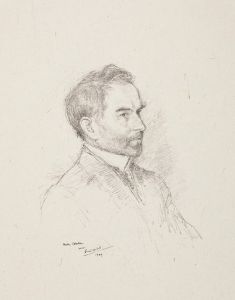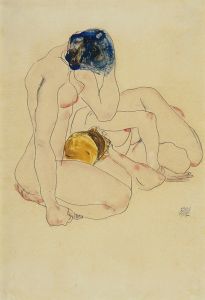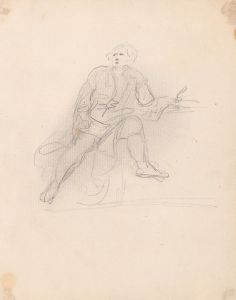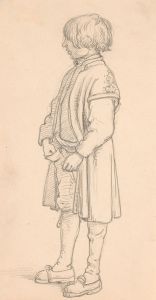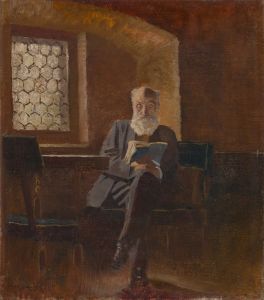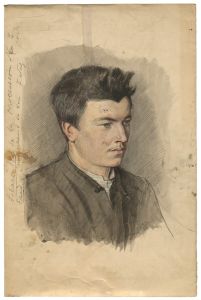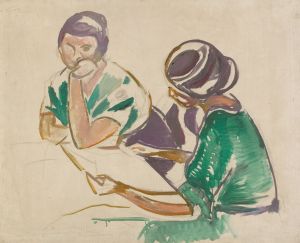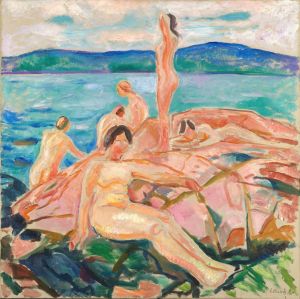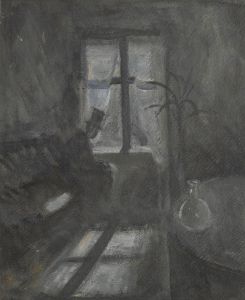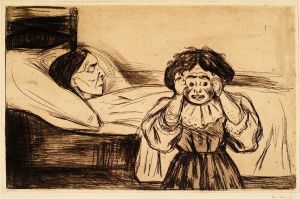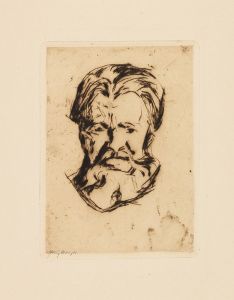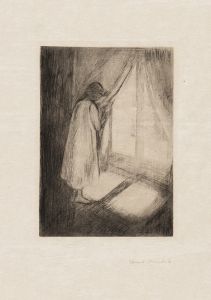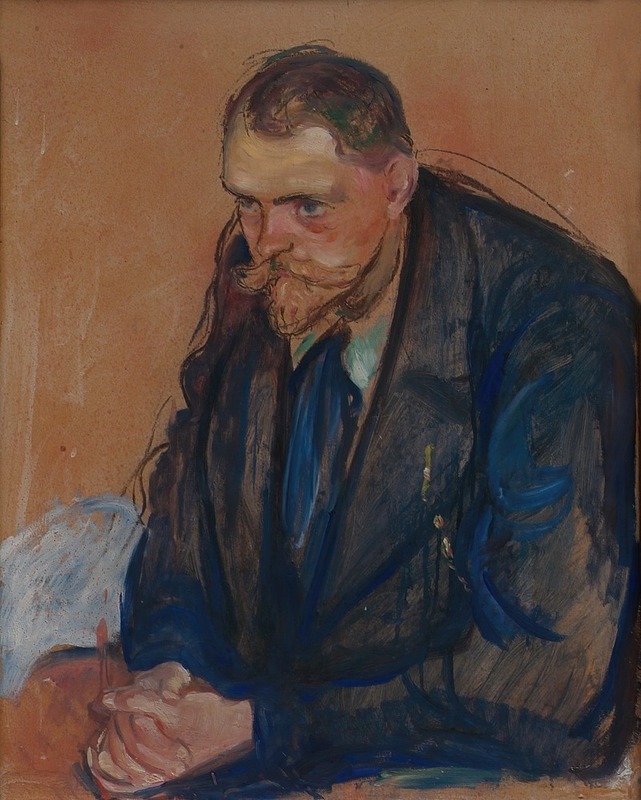
Portrait of Helge Bäckström
A hand-painted replica of Edvard Munch’s masterpiece Portrait of Helge Bäckström, meticulously crafted by professional artists to capture the true essence of the original. Each piece is created with museum-quality canvas and rare mineral pigments, carefully painted by experienced artists with delicate brushstrokes and rich, layered colors to perfectly recreate the texture of the original artwork. Unlike machine-printed reproductions, this hand-painted version brings the painting to life, infused with the artist’s emotions and skill in every stroke. Whether for personal collection or home decoration, it instantly elevates the artistic atmosphere of any space.
"Portrait of Helge Bäckström" is a painting by the renowned Norwegian artist Edvard Munch. Munch, born on December 12, 1863, and passing away on January 23, 1944, is best known for his evocative and emotional works, which often explore themes of existential angst, love, and death. He is most famous for his iconic painting "The Scream," but his extensive body of work includes numerous portraits, landscapes, and symbolic compositions.
Helge Bäckström was a Swedish geographer and geologist, born in 1877 and died in 1958. He was a professor at Stockholm University and made significant contributions to the field of geomorphology. Bäckström's academic work and his contributions to the understanding of the earth's physical features were well-regarded in his time.
The portrait of Helge Bäckström by Edvard Munch is one of the many portraits Munch painted throughout his career. Munch's portraiture often delved deep into the psyche of his subjects, capturing not just their physical likeness but also their emotional and psychological states. This approach is evident in his portrayal of Bäckström, where Munch's characteristic style—marked by bold colors, expressive brushstrokes, and a focus on the inner life of the subject—can be observed.
The exact date of the painting is not widely documented, but it is known that Munch continued to produce significant works well into the early 20th century. His portraits from this period often reflect his mature style, which had evolved from the Symbolist influences of his early career to a more personal and expressive form of realism.
In the "Portrait of Helge Bäckström," Munch likely employed his typical techniques, using oil on canvas to create a vivid and compelling image. The portrait would have been painted with Munch's characteristic attention to the emotional depth of his subject, possibly reflecting Bäckström's intellectual demeanor and his contributions to science.
Munch's portraits are known for their psychological intensity, and it is likely that the portrait of Bäckström is no exception. The artist's ability to convey the inner life of his subjects has made his portraits some of the most compelling in the history of art. While specific details about the composition and style of this particular portrait are not extensively documented, it can be inferred that Munch's approach would have been consistent with his other works from the same period.
The "Portrait of Helge Bäckström" stands as a testament to Munch's skill as a portraitist and his ability to capture the essence of his subjects. It also highlights the intersection of art and science, with Munch's artistic vision bringing to life the image of a prominent figure in the field of geography and geology.
Overall, while detailed information about the painting itself may be limited, the context of Munch's broader body of work and his approach to portraiture provides valuable insight into the significance of this piece.





